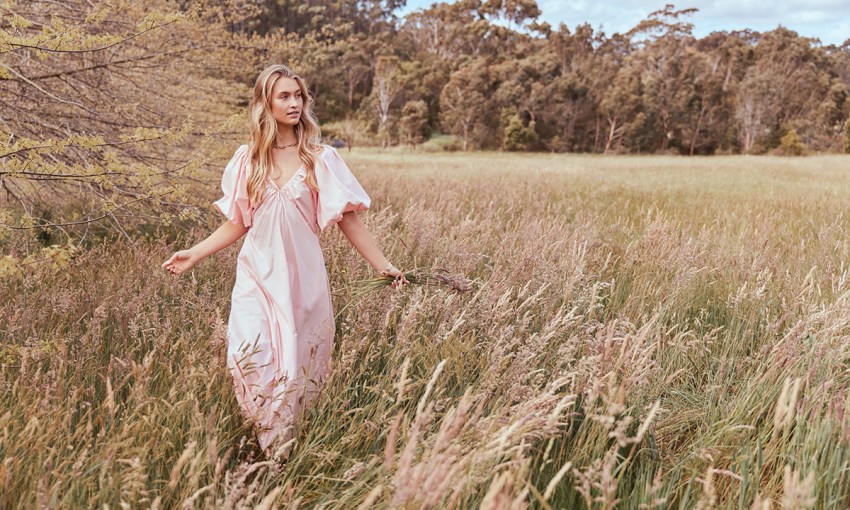A garden shouldn’t just be a visual feast; a thing to simply look at. A good garden will provide different characteristics that deliver a sensory experience for children and adults alike.
The fabulous five
Sight. Sound. Touch. Smell. Taste. The five senses. If your garden provides stimulation to each of these, it transforms into an immensely rewarding space.
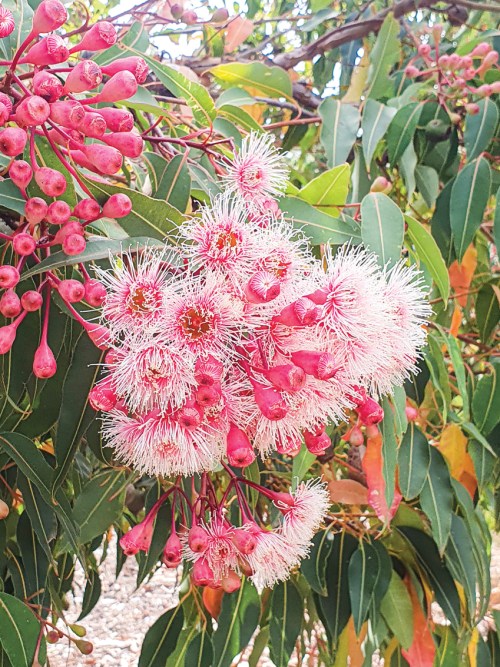
One of our favourite gardens surrounds an Adelaide Hills home and provides an abundance of variety in the form of shapes, textures, fragrance and colour. A large majestic quince tree offers some much-needed shade in the warmer months, alocasia grows under the canopy with alstroemeria (lily of the Incas) meandering through the undergrowth. This encourages skinks to play hide-and-seek, watched on by the resident blue-tongued lizard, while birds have made their homes in this protective space; you can hear them all moving through the mulch.
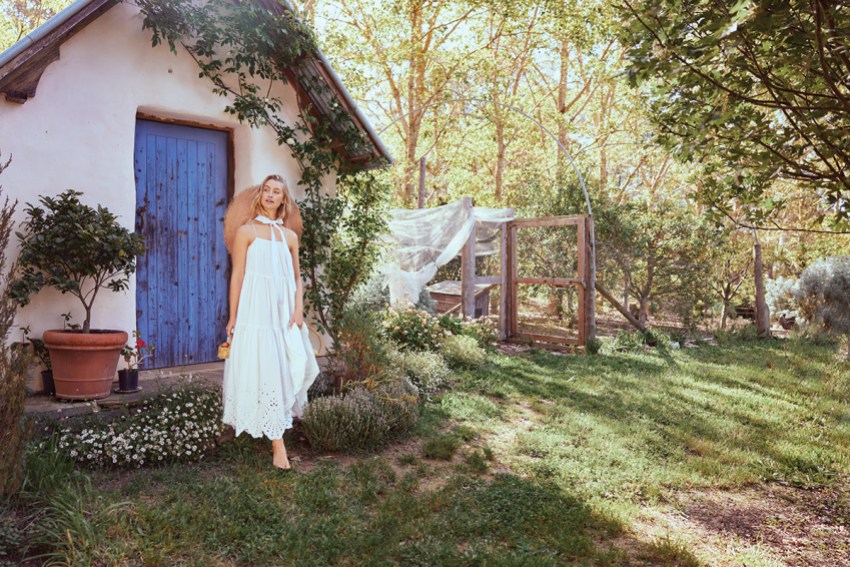
Nearby is a lawned area that surrounds part of the front of the house and is a magnet for family and visitors to play on. The soft texture is gentle on bare feet and the green has a cooling effect. The smell of freshly mowed lawn is very earthy, while the clippings are stored and used as mulch later.
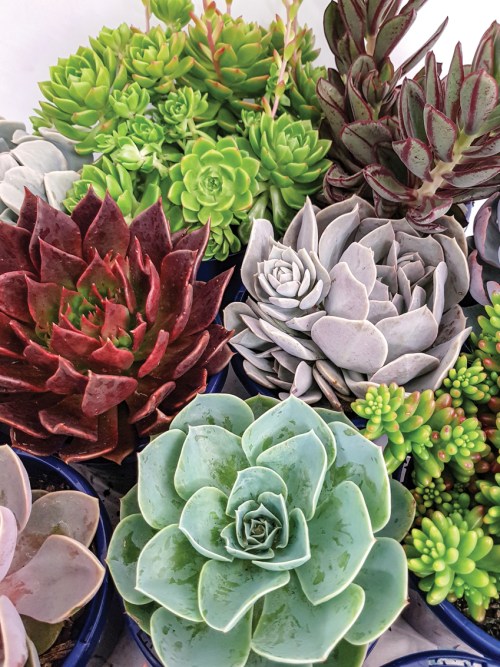
The first impression of a garden is generally a visual one, but a sensory garden will have given some thought to providing calm, shady spaces with large-leafed trees, to welcome people to sit and relax underneath. In this favourite garden of ours, a lilly pilly stands proudly tall at more than 10 metres and has been climbed upon and sat in, by not just birdlife, but possums, koalas and children. The owners use the berries for cooking once they’ve ripened over winter.
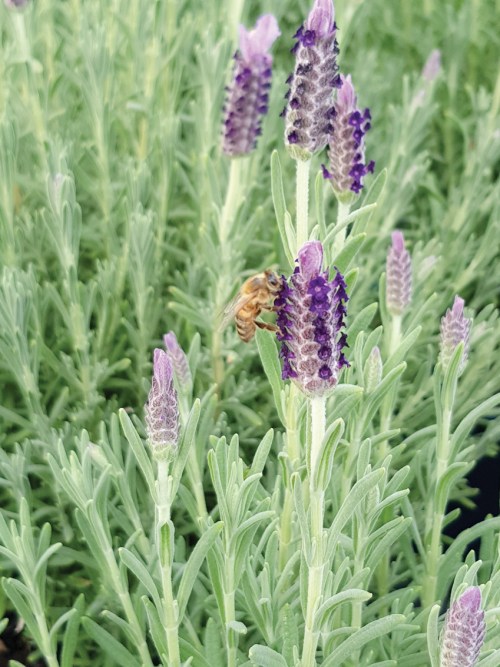
Strelitzia (bird of paradise) is another good plant for a sensory garden: providing a good understorey when planted beneath a tree, but when in flower, the tall spires resemble birds and the colours are so vivid, making a wonderful cut floral arrangement.
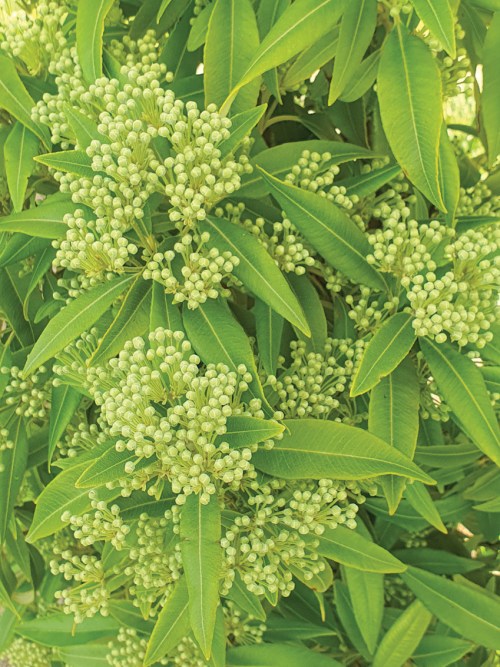
Fragrant plants are such an integral part of gardening and you can add them in on a small scale with a few pots of herbs, or they can be mass-planted to surround you and your family, even your pets. Sweet-smelling plants come in many varieties including lavender, pineapple sage, lemon verbena. We recommend planting them near a seated area; when these plants are brushed against, the fragrance is so fresh and fills the air. Some plants have fragrant foliage like lemon myrtles (a sub-tropical native) and their leaves have an intense citrus tang making them great for teas, cakes, sauces, dips and as garnish on meat. Other varieties, such as port wine magnolia, have a fragrant bloom that, although small, is very pretty and lingers in the air during evenings. This particular shrub is also extremely hardy and can be grown in morning sun and afternoon shade.
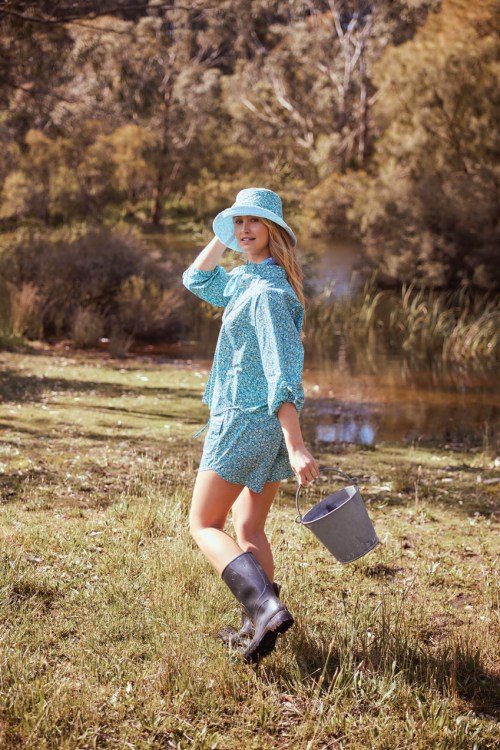
Rosemary is a must-have in a sensory garden. It’s fragrant, tough and has great texture. A hedge of Gallipoli rosemary could become a stand-out feature. This variety in Australia dates back to 1915, when an Australian soldier, injured in Gallipoli during World War I, was repatriated to the Keswick Army Hospice in Adelaide. He planted a small bush that he’d dug up while in Turkey and it flourished. Cuttings from the original plant were taken and a hedge continues to grow on the grounds. You are able to buy “Gallipoli” rosemary today, which is a direct descendant from Anzac Cove. Part of the proceeds supports the Avenues of Honour Project, which is a national initiative aimed at documenting and preserving the original Avenues of Honour and to establish new commemorative trees.
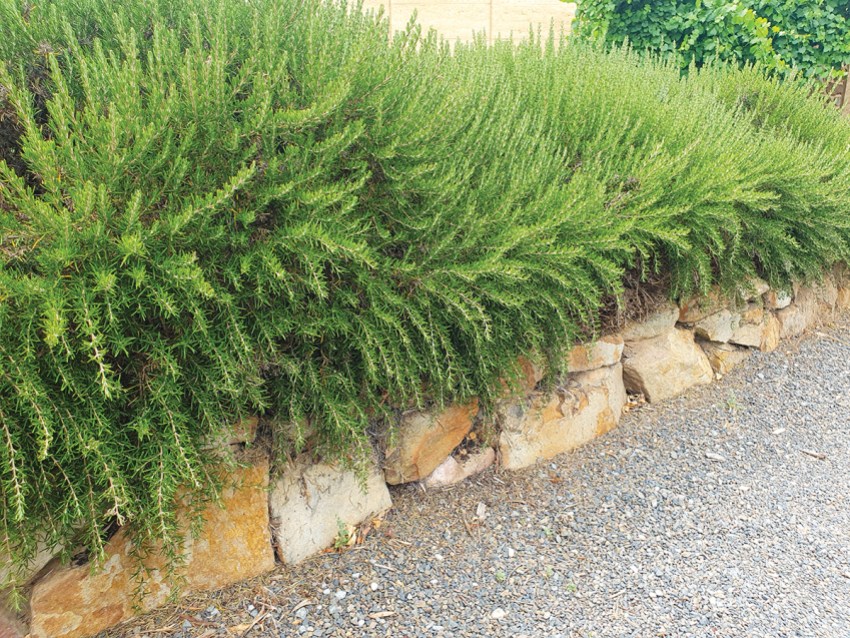
A sensory garden should also embrace different textures; a gravel pathway in a cottage garden gives a crunchy sound; a garden bed boarded with Stachys byzantine (lambs ears) has a wonderfully soft and velvety foliage, its silvery colouring adding a new visual element.
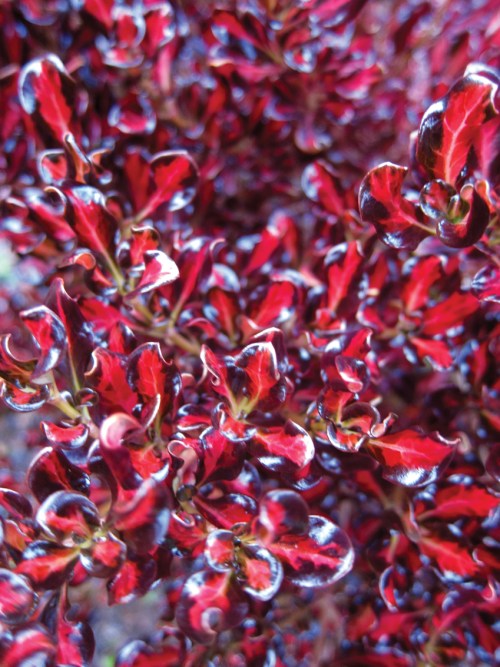
If you plant with coprosma, it will add another visual indulgence in the form of smooth, glossy foliage, while limonium is known as another great border plant thanks to its abundant tall, crunchy, purple flowers. Agave, of course, make a great feature plant as they stand tall and proud with large flat, smooth fleshy leaves that lend themselves to being touched. Once you have a few plants that invite you to touch them, you’ll find yourself investigating all the textures around you.
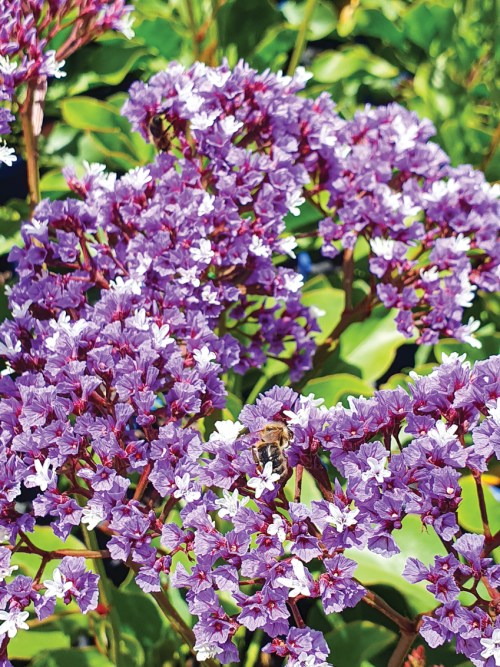
Having water in the garden is also appealing, with it radiating a reflective sense of calm, often producing a soft bubbling sound that goes with it if you have a solar pump in a shallow pond. Ornamental grasses planted nearby a water feature sway in the breeze and the effect is calming and appealing to all our senses. Add in some bamboo wind chimes for a soothing sound to banish any stress.
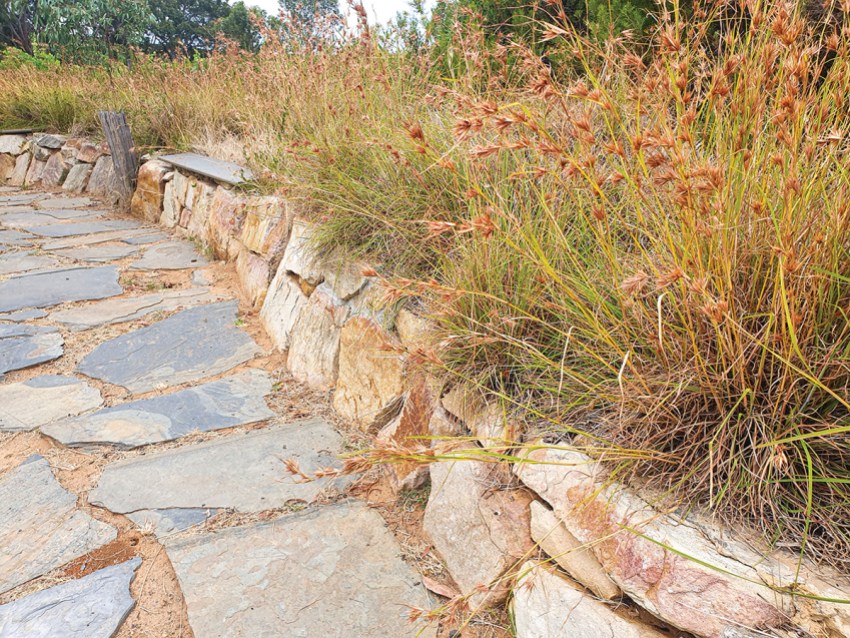
A sensory garden will also be home to an extensive variety of succulents too, with their different colours, textures and vibrant flowers. If you have a hollow tree trunk, try growing some succulents there, or hanging them in baskets or pots from branches.
When thinking back to our favourite garden, it’s the focus on creating different spaces – as if the garden is made up of rooms with shady contemplative seating areas and lots of green foliage – that makes it soothing to the sight, enthralling to the ears, fragrant to the nose and gentle to the touch, while also giving tasty treats along the way.
This article first appeared in the Autumn 2023 issue of SALIFE Gardens & Outdoor Living magazine.
including free delivery to your door.



